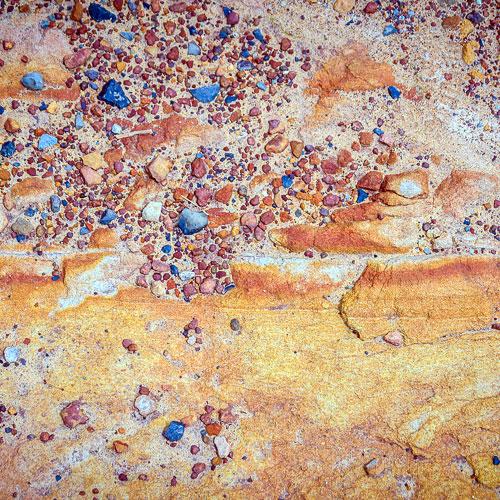
The course presents the characteristics of clastic modern sedimentary environments and their fossil counterparts, and the depositional potential, both as a host rock, migration routes, as well as reservoir rock.
Special emphasis is paid on alluvial, fluvial, shore, shelf, shallow-water, deep-water, lacustrine, glacial and aeolian depositional systems.
The course is designed for:
DAY 1
The definition of depositional systems:
Classification of clastic depositional systems;
DAY 2
Fluvial depositional systems:
Modern examples:
Ancient examples of fluvial depositional systems,
Deltaic environments
Models for deltaic sequences,
DAY 3
Clastic shore zone:
Shallow-water clastic-shelf sedimentary environments.
DAY 4
Deep-water clastic sedimentary environments.
Lacustrine depositional system
DAY 5
Aeolian environment:
Phytogenic deposits vs. clastic depositional systems.
Depositional systems vs. fossil fuels reservoirs.
GeoModes 2021 | All Rights reserved | Powered by MENA
If you would like to request the course outline, find out the next available time slot or you have any other inquiry, please tell us more by filling up the form below.
Will be in touch with you as soon as we can.